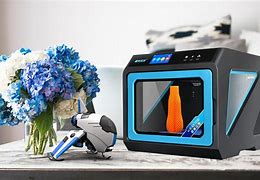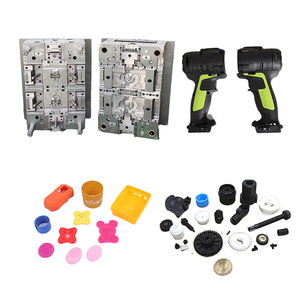**What Thermoplastic Materials Power Your 3D Prints?**
(Which Of The Following Are Thermoplastic Materials Used In 3d Printing?)
3D printing feels a bit like magic. You press a button, and layer by layer, objects appear out of thin air. But the real heroes here aren’t wands or spells—they’re thermoplastics. These materials melt when heated, harden when cooled, and let creators build everything from toys to airplane parts. Let’s break down the most common thermoplastics used in 3D printing and why they matter.
**PLA (Polylactic Acid)**
PLA is the friendly neighbor of 3D printing materials. Made from cornstarch or sugarcane, it’s biodegradable and smells faintly sweet when melted. Beginners love PLA because it’s easy to use. It doesn’t warp much, sticks well to print beds, and comes in every color imaginable. But there’s a catch. PLA isn’t great for high-heat situations. Leave a PLA cup in a hot car, and it might turn into a puddle. Use it for decorative items, prototypes, or low-stress parts.
**ABS (Acrylonitrile Butadiene Styrene)**
ABS is the tough guy. Think Lego bricks or car bumpers—durable, slightly flexible, and heat-resistant. It’s a go-to for functional parts that need to survive bumps or heat. But ABS can be tricky. It shrinks as it cools, so prints might warp without a heated bed. It also releases fumes when melted, so good ventilation is a must. If you’re printing tools, gadgets, or anything that needs to last, ABS is a solid pick.
**PETG (Polyethylene Terephthalate Glycol)**
PETG sits between PLA and ABS. It’s strong, flexible, and resists water and chemicals. Water bottles are often made from PET, and PETG adds glycol to make it easier to print. It’s less brittle than PLA and doesn’t warp like ABS. PETG is perfect for outdoor items, mechanical parts, or anything that might get wet. Just know it can be sticky during printing, so dialing in the right settings takes patience.
**Nylon**
Nylon is the overachiever. It’s strong, flexible, and handles wear and tear like a champ. Think gears, hinges, or parts that bend without breaking. Nylon absorbs moisture from the air, though. If your filament isn’t dry, prints might bubble or crack. Once mastered, nylon’s toughness makes it ideal for functional prototypes or parts that move.
**TPU (Thermoplastic Polyurethane)**
TPU is the stretchy superstar. It’s a type of flexible filament, bouncing back like rubber after bending. Phone cases, shoe soles, or anything that needs to absorb shock often use TPU. Printing it requires slow speeds and steady extrusion, but the result is worth it. Just avoid using TPU for rigid structures—it’s all about flexibility.
**PEEK (Polyether Ether Ketone)**
PEEK is the high-performance heavyweight. It’s crazy expensive and needs super-hot printers, but it’s flame-resistant, handles extreme temperatures, and survives chemicals. Aerospace and medical industries use PEEK for parts that can’t fail. For most hobbyists, it’s overkill. But if you’re building a satellite or a bone implant, PEEK is your material.
(Which Of The Following Are Thermoplastic Materials Used In 3d Printing?)
Each thermoplastic has its own quirks and strengths. PLA and PETG are great for everyday projects. ABS and nylon tackle tougher jobs. TPU adds flexibility, while PEEK pushes the limits. The right pick depends on what you’re building—and how much tinkering you’re up for.
Inquiry us
if you want to want to know more, please feel free to contact us. (nanotrun@yahoo.com)

